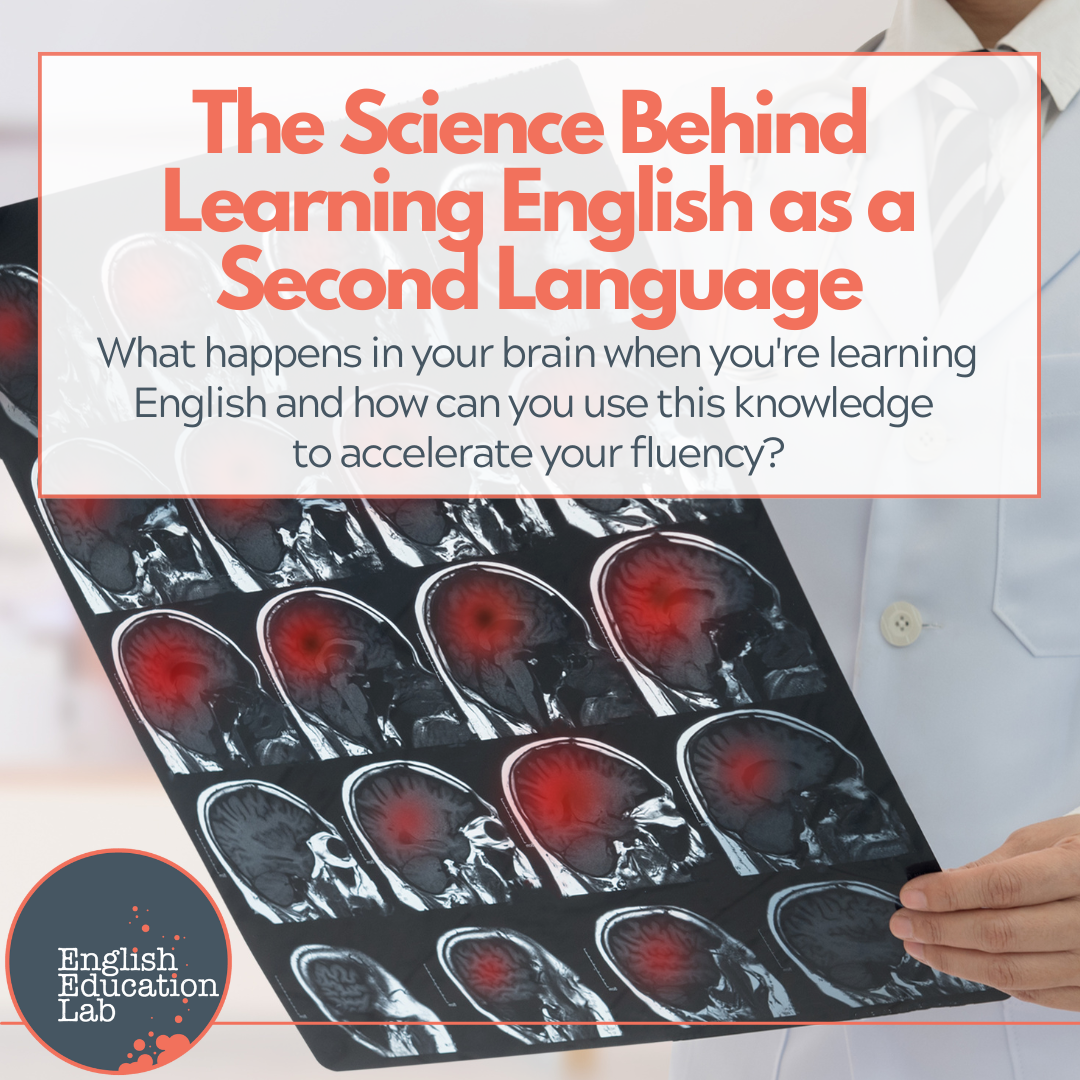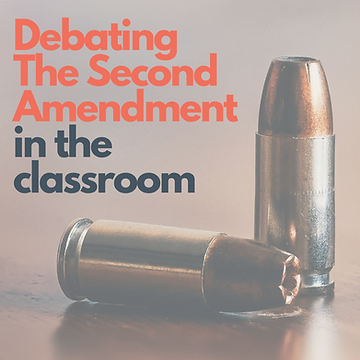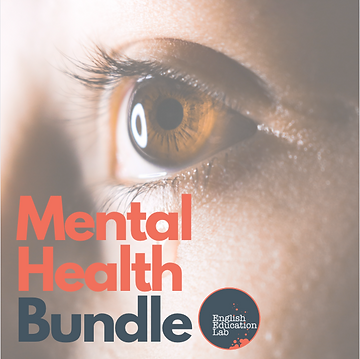
Top 5 thought-provoking debate topics to use in middle/high school
Classroom debates are a great way to get your students thinking critically about a topic that is important to them. This format alleviates stress by shifting the pressure associated with delivering speeches independently to a system of micro-management among groups of students representing a united front; it still requires individual participation but over a wide range of responsibilities: brainstorming, research, critical thinking, creative writing and speech delivery. Students too uncomfortable in the spotlight contribute according to their strengths. However, this doesn’t mean that some students are ‘off the hook’ while others are not. Everyone needs time in the spotlight. Classroom debates are akin to exposure therapy and are an effective means of preparing individual students for the dreaded podium.

Where to begin? The sheer volume of topics that would make excellent choices for class debates can be a little overwhelming. Have no fear! We’ve come up with the top 5 thought-provoking debate topics you absolutely need to incorporate into your middle/high school classroom this year. Each and every topic is not only timely, but equally sure to resonate with your students. If you’re looking for a structured approach to walk you through every single step of the debate process, along with specific debate prompts, student/teacher evaluation forms and checklists- we’ve got you! Click any of the links below to take you directly to the relevant topic. Now, let’s take a look at our top 5 choices.
It does not require deep thought to fathom the impact of the Second Amendment on American society. In this regard, and depending on many factors, citizens wear their hearts on their sleeves. Currently, the constitutional right of the people to keep and bear arms carries as much – perhaps more – significance and raw emotion today as from the Amendment’s ratification in 1791. In 231 years, U.S. courts are yet to reach a definitive conclusion in interpreting the right’s scope and scale.

There’s as much debate over historical precedent vs modern-day applicability. Though I suspect for victims of gun violence, their families, friends and communities, little is in the way of prudence. Regardless of opposing sides and their arguments, there is no denying the ramifications of violent crime involving firearms and the sway of gun culture in American society. The topic begs to debate whether states and the federal government are servicing the interests and safety of the American public or their own. Not having this debate in schools is as senseless as losing American lives to gun violence.
Physical and mental health go hand-in-hand, yet the former gets more attention/traction in primary, secondary and high school curricula. I’ll stretch as far as stating that budgets in these strata of education reserve more funds for sports over mental health programs (likely a vast understatement). Physical education and extracurricular sports are vital components of adolescent and teen development, but mental health needs more attention in classrooms. Mental health is a subject near and dear to us, one we come back to consistently because we’ve no choice, and one we know has a massive impact on today’s youth. Please make time in your class for these discussions. Talking saves lives.
 The environment is a topic that impacts everyone for better or worse. If you are fortunate, you may live in an area of pristine nature where environmental awareness and conservation efforts are a way of life. Many folks do not. That’s not to say that there aren’t urban centers that invest significant resources into preserving, maintaining and expanding parks, botanic gardens and outdoor recreation areas. Thankfully, this trend is gaining momentum in cities attempting to dial back their carbon footprints. However, where urban centers thrive, so does urban sprawl and the additional need for more space and resources. Urban sprawl puts tremendous pressure on the environment, as do the industries and growing populations that fuel it. Urban sprawl is relevant because it is one of many ways our species impacts the environment. Efforts to preserve and heal what we have today will be the world our children inherit tomorrow. How could we not broach this topic in our classrooms?
The environment is a topic that impacts everyone for better or worse. If you are fortunate, you may live in an area of pristine nature where environmental awareness and conservation efforts are a way of life. Many folks do not. That’s not to say that there aren’t urban centers that invest significant resources into preserving, maintaining and expanding parks, botanic gardens and outdoor recreation areas. Thankfully, this trend is gaining momentum in cities attempting to dial back their carbon footprints. However, where urban centers thrive, so does urban sprawl and the additional need for more space and resources. Urban sprawl puts tremendous pressure on the environment, as do the industries and growing populations that fuel it. Urban sprawl is relevant because it is one of many ways our species impacts the environment. Efforts to preserve and heal what we have today will be the world our children inherit tomorrow. How could we not broach this topic in our classrooms?
As technology advances, lines demarking national borders and cultures diminish. The average person invests more time interfacing with AI to connect with others than in person-to-person interactions. AI is on course to supersede the cognitive limitations of human neural function to achieve a state wherein AI perpetually evolves and perfects itself sans human contribution or control. We’re already reaping benefits and witnessing the consequences of human dependence on technology in ways past generations could only dream of; it’s not so much science fiction as it is a scientific reality. As far as AI is concerned, we cannot wrap our minds around what is possible or the results of the fruition of the possibilities, but it makes for fascinating (and scary) conversation.
Consumerism fuels (or is certainly linked to) all of the above. Need we say more?
The list of potential topics to debate goes on and on- but one of the best ways of getting ideas for your next debate topic is asking and listening to your students. They will show you (in no uncertain terms!) what topics resonate with them- use these as a springboard for further ideas. More often than not, our students show us the way forward- if we simply listen!
Related Reading
How to Overcome Fear of Speaking in Public
In Order For Students To Become Better Writers You Must Teach Critical Thinking


Breaking barriers: Using ESL teaching materials to discuss women’s rights

